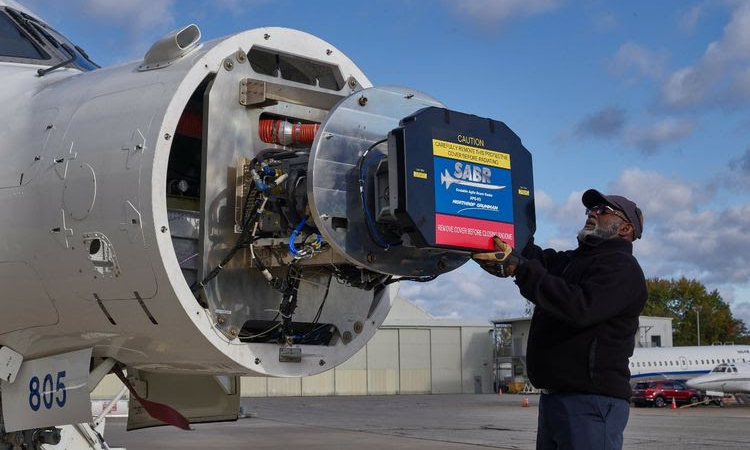Northrop Grumman has pivoted from their traditional waterfall software development model to an updated Lean-Agile model for the continued development of the company’s SABR for use onboard the F-16.
According to a statement by the company, the Lean-Agile process will improve the ongoing development of the AN/APG-83 Scalable Agile Beam Radar (SABR) software, which is currently used on board the Viper F-16. Northrop Grumman confirmed that it has achieved this through a partnership with the US Air Force and the Air National Guard Air Force Reserve Command Test Center at Hill Air Force Base and Eglin Air Force Base.
The AN/APG-83 is a synthetic aperture radar (SAR) which allows the user to conduct accurate mapping of the earth’s surface regardless of weather or the presence of daylight, thus improving target indication capabilities. The radar includes integrations from the Northrop Grumman's fifth generation F-35 AN/APG-81 and F-22 AN/APG-77 AESA radars.
Mark Rossi, director of SABR programs at Northrop Grumman, outlined that the new operating procedures allow he company to dramatically reduce production times for the radar.
“With this collaborative relationship, we are now able to deliver software updates to be tested on the F-16 in weeks instead of the months it would have taken using the traditional waterfall method,” Rossi said.
“Agile software development allows us to rapidly and affordably deliver capabilities to our customers – keeping F-16 operators ahead of their adversaries for decades to come.”
Northrop Grumman expects that the program will be cleared for use by the US Air Force by the end of 2021.
The announcement from the company has come just a day after the announcement of their new 60,000 square foot Hypersonics Center of Excellence in Maryland.
Rebecca Torzone, vice president of missile products at Northrop Grumman, suggested that the company will see improvements to its hypersonics program as a result of the center.
“Hypersonic weapons protect our warfighters by offering higher speeds, longer ranges, optimal performance and the ability to combat a threat with as much distance in between them and the threat as possible,” Torzone said.
“Our new hypersonics production facility will optimise our development efficiency, drive affordability, and ultimately deliver weapons to our warfighters faster.”
[Related: Northrop Grumman sets sights on hypersonic weapons]








